Real or not? The science behind 12 unusual sightings
Real or Not?
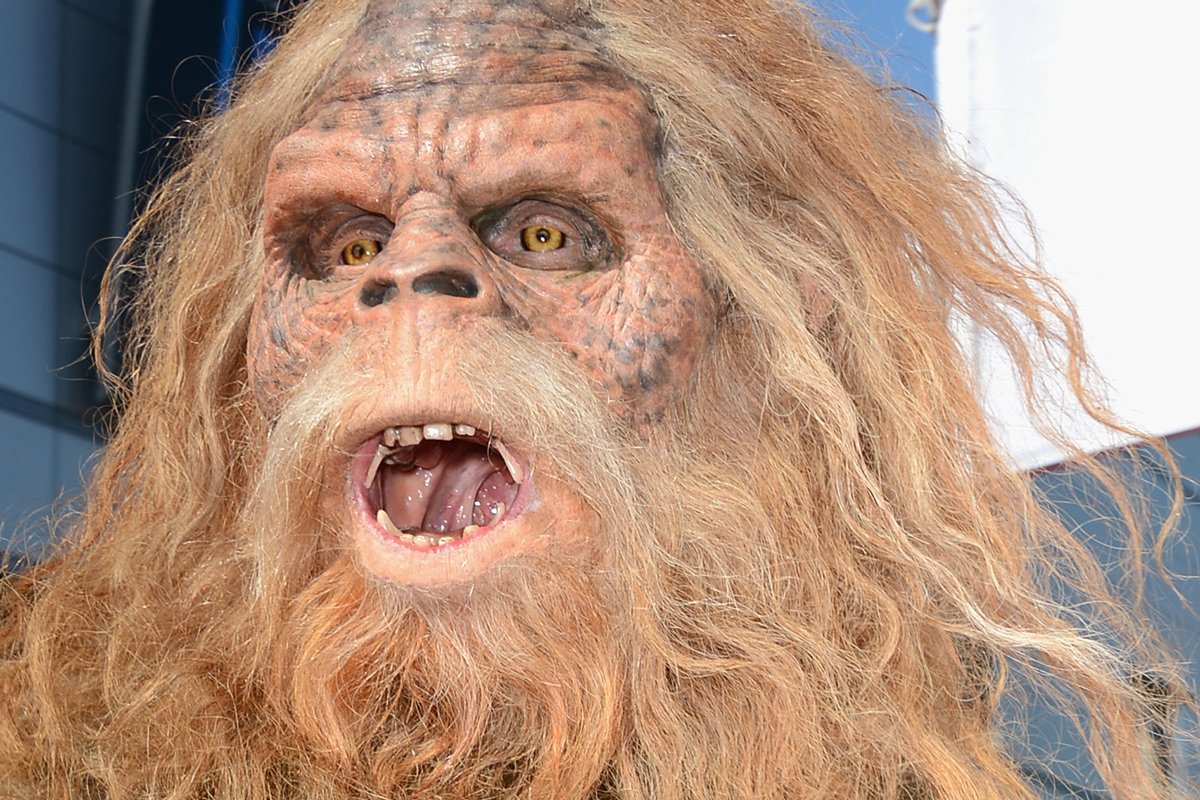
Imagine: You're hiking in the woods when you hear a twig snap. Whirling around, you catch a glimpse of something large … large and hairy. Have you just sighted Bigfoot?
Okay, probably not. (Erm, do you have your bear spray handy?) But just because there's no such thing as Sasquatch doesn't mean there's no science behind some of the reported sightings of beasts that never existed — or animals that roamed the Earth but have long been extinct.
Here are some of the hard-to-believe tales behind hard-to-believe creatures.
Tasmanian tiger
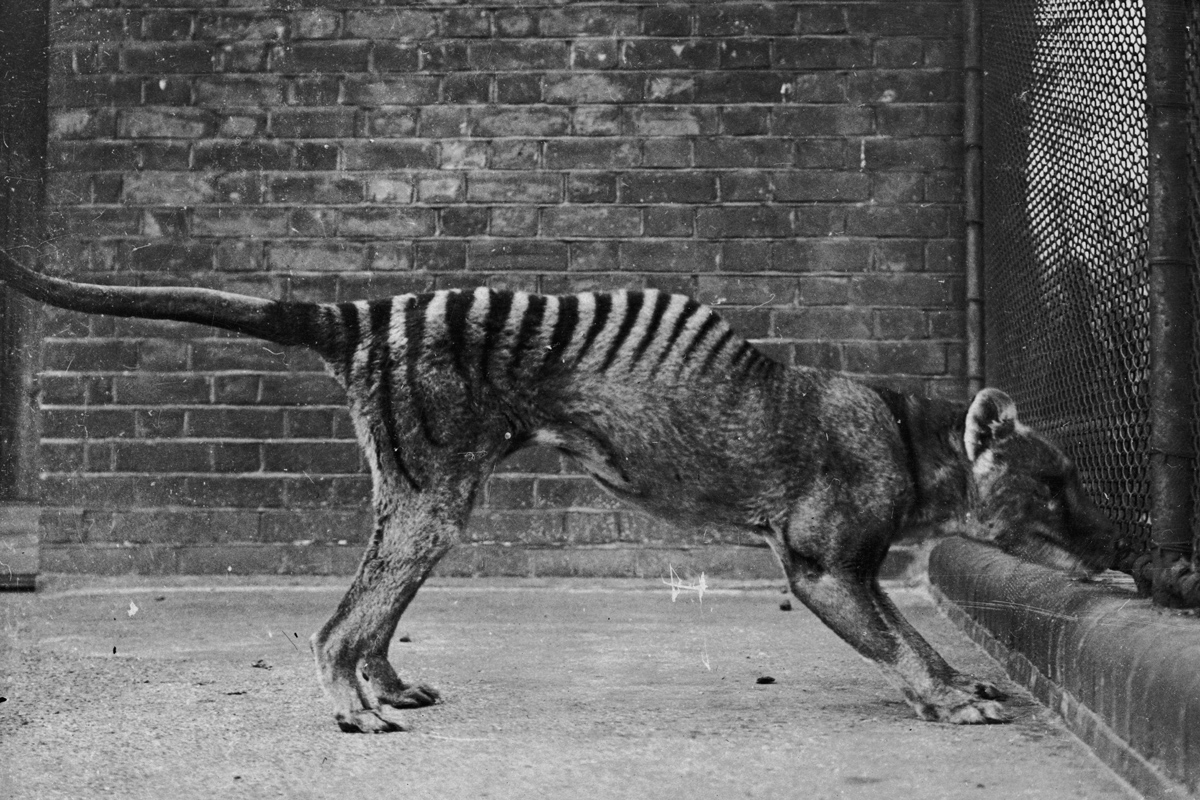
The Tasmanian tiger's tale is one of woe. Once Australia's largest carnivorous marsupial, Thylacinus cynocephalus was hunted to death after European settlers landed on the continent in the 1800s. The last Tasmanian tiger died in a zoo in Hobart, Australia, in 1936.
Or did it? An extremely long-shot search for living Tasmanian tigers kicked up in 2017 after two plausible-seeming reports that the animals had been seen in the wild. One observer was an employee of the Queensland Park Service and the other an avid outdoorsman. A few months later, a group of Tasmanian tiger enthusiasts released a video they said showed a living tiger in the wild. However, experts were skeptical that the blurry images showed a real thylacine. If one of the dog-like marsupials is still out there, it hasn't presented proof of life just yet.
Bigfoot
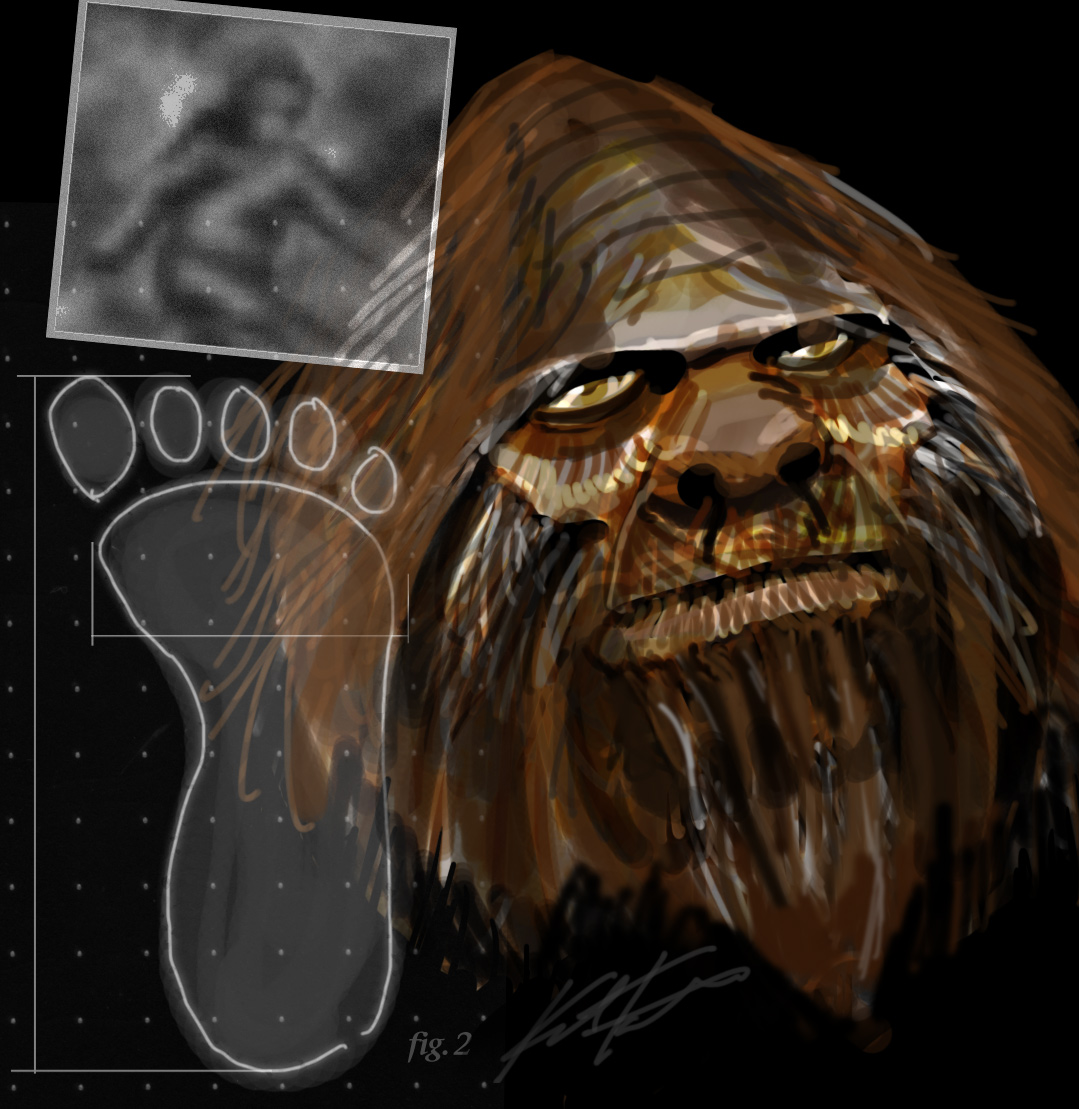
Bigfoot is the big guy of cryptozoology, the "study" of mythological beasts. This hairy humanoid seems to pop up everywhere there are forests, from Pennsylvania to the Pacific Northwest. Alas, there is no firm proof that towering ape-men roam in remote areas. In 2008, a pair from Georgia claimed to have the body of a Bigfoot in a chest freezer, along with DNA evidence of the species. But the DNA turned out to belong to an opossum, and the "body" was a crumpled gorilla suit.
DNA is a favorite tool for Bigfoot-hunters, as it turns out. In 2012, a company called DNA Diagnostics claimed that a study under peer review had analyzed three "Sasquatch" DNA samples and found Bigfoot to be the love child of ancient Homo sapiens and an unknown primate species. When the paper finally did appear, however, it was in a brand-new "journal" called DeNovo with only one article — the one about Bigfoot. As of 2018, De Novo had published just one other article, a piece by the same Bigfoot researcher about early Native American DNA, published in 2013. Mainstream scientists were not impressed, to say the least.
Yeti
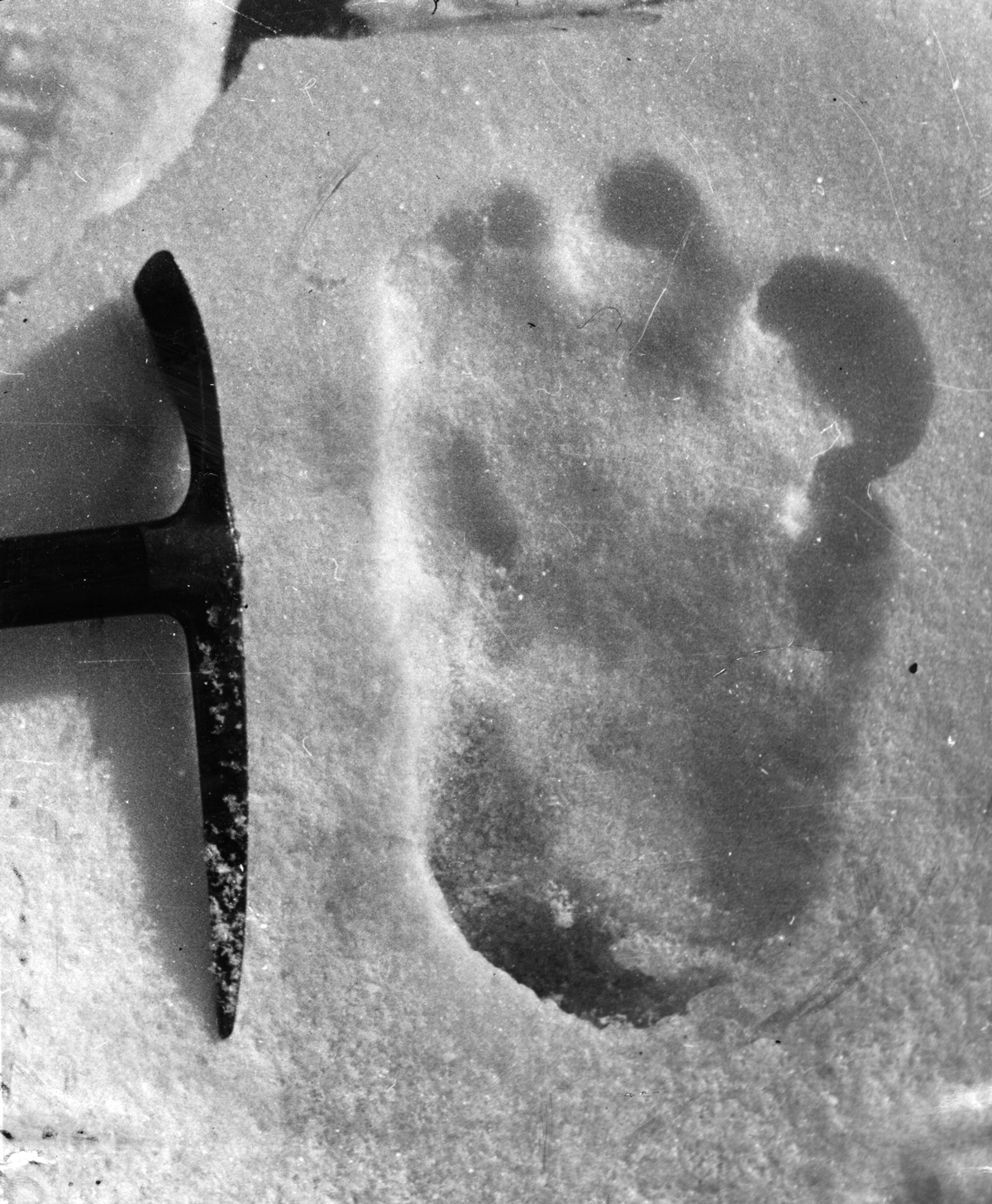
So, if Sasquatch is a case of hype over reality, what of Bigfoot's snowbound cousin? The Yeti is a legend of the Himalayan mountains. He's said to be 6 feet or 7 feet tall and covered in dark hair. "Scientific" evidence of the Yeti has popped up occasionally, from claims of mysterious footprints (probably bear tracks) in the Himalayas in 2007 by TV presenter Josh Gates, to a clump of fur and a Yeti "bed" in Siberia found by a Russian team in 2011; these claims have led to a big pile of nothing … except shameless self-promotion. In 2015, the Siberian Times reported that enterprising entrepreneurs had canned air from Azasskaya Cave where the Yeti evidence was supposedly found. For about $3, tourists could take home a breath of Yeti-cave air.
Loch Ness monster
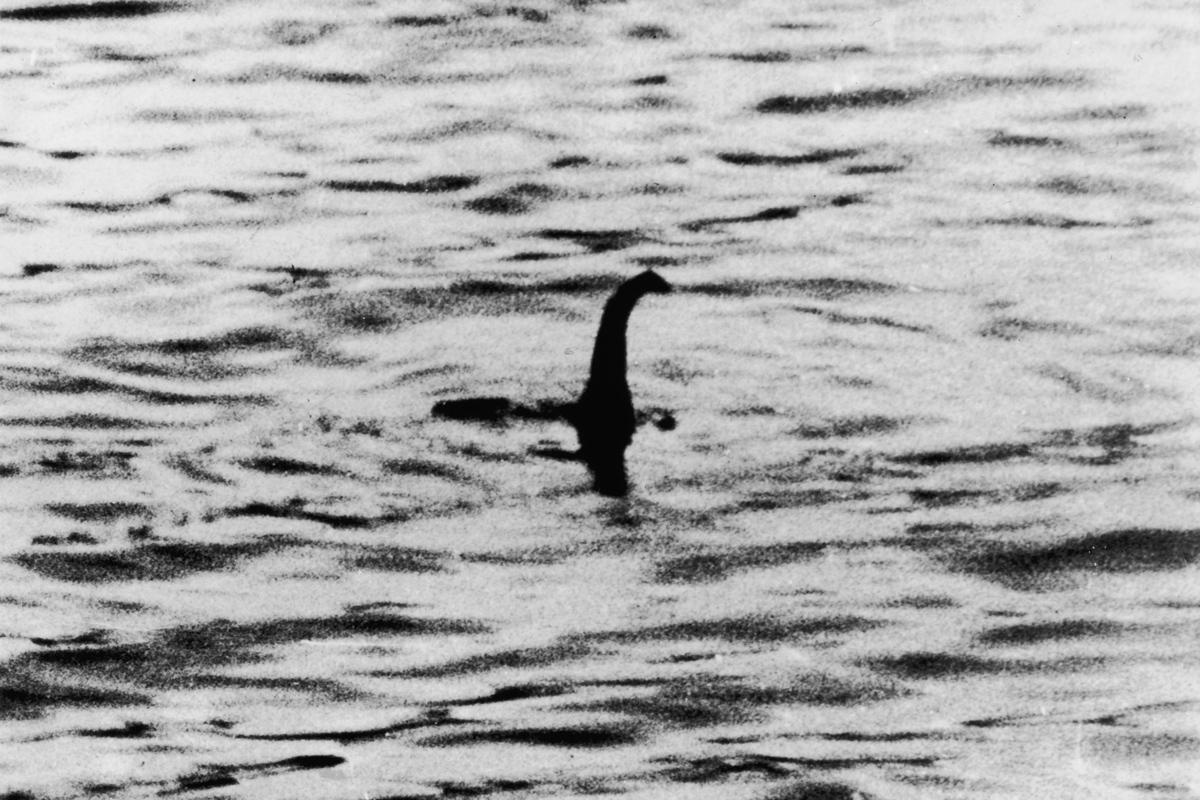
Another mythical monster that has provided ample opportunities for commercialization, Nessie is a lake creature said to live in the depths of Loch Ness in the Scottish Highlands. The murky, frigid lake is prime monster territory: It is up to 755 feet (230 meters) deep, providing plenty of space to hide.
But Nessie sightings are more often shown to be rotting logs or mere imagination — or hoaxes. The most famous piece of Nessie evidence was a photograph taken in 1934, supposedly showing Nessie's long neck extending from the surface of Loch Ness. But this photo turned out to be a hoax, made with a toy submarine and woody putty.
A real unicorn
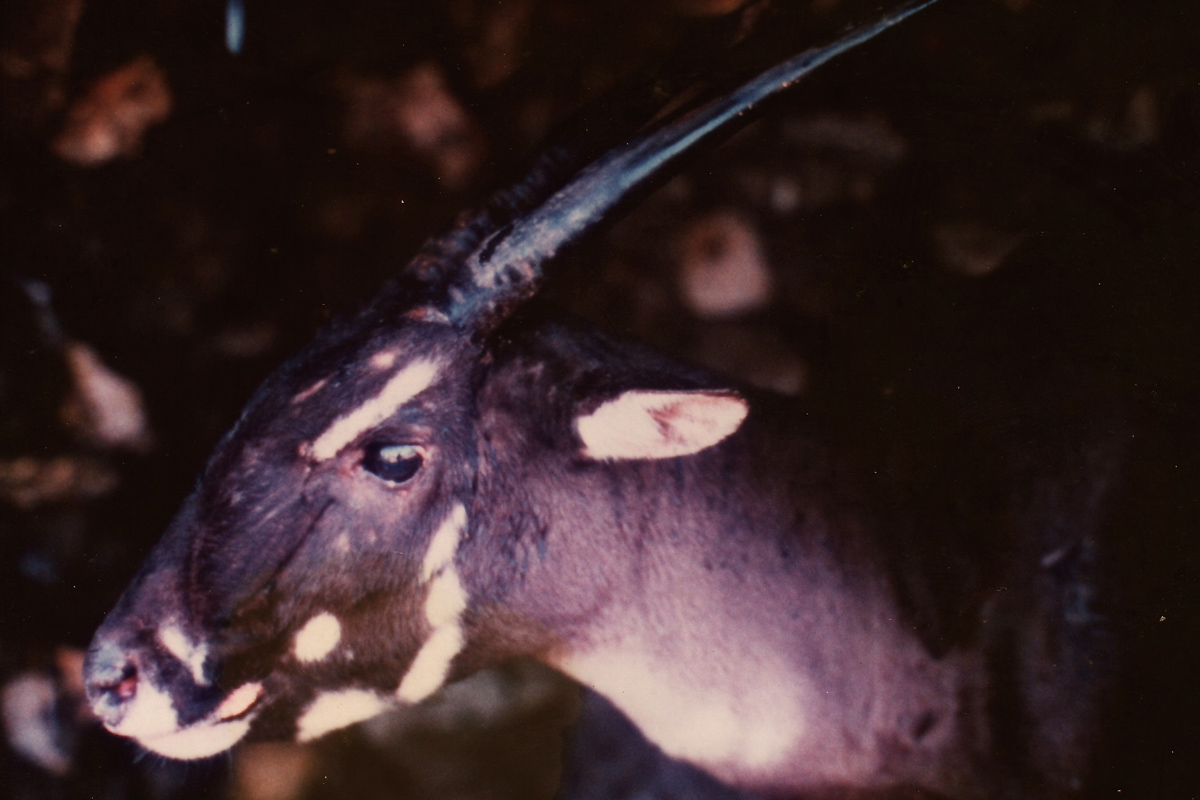
Sometimes truth is stranger than fiction. The saola is a species that could be mistaken for a myth, but it's real.
Sometimes known as the "Asian unicorn," the saola is a creature related to wild cattle that lives in remote areas of Vietnam and Laos. It is seldom seen and was only discovered in 1992. The evidence then? A single skull with a pair of long, straight horns, according to the World Wildlife Fund. In 1999, a couple of saolas were seen on camera traps, proving that they still survived in the wild.
The next confirmed sighting wasn't until 2010, when villagers in Laos captured an adult male and brought it to an enclosure in their village. Sadly, the ordeal of captivity killed the saola, but the incident did prove that the animal still survived in the region. There are no saolas in captivity anywhere in the world, and the species is considered critically endangered.
Mermaid
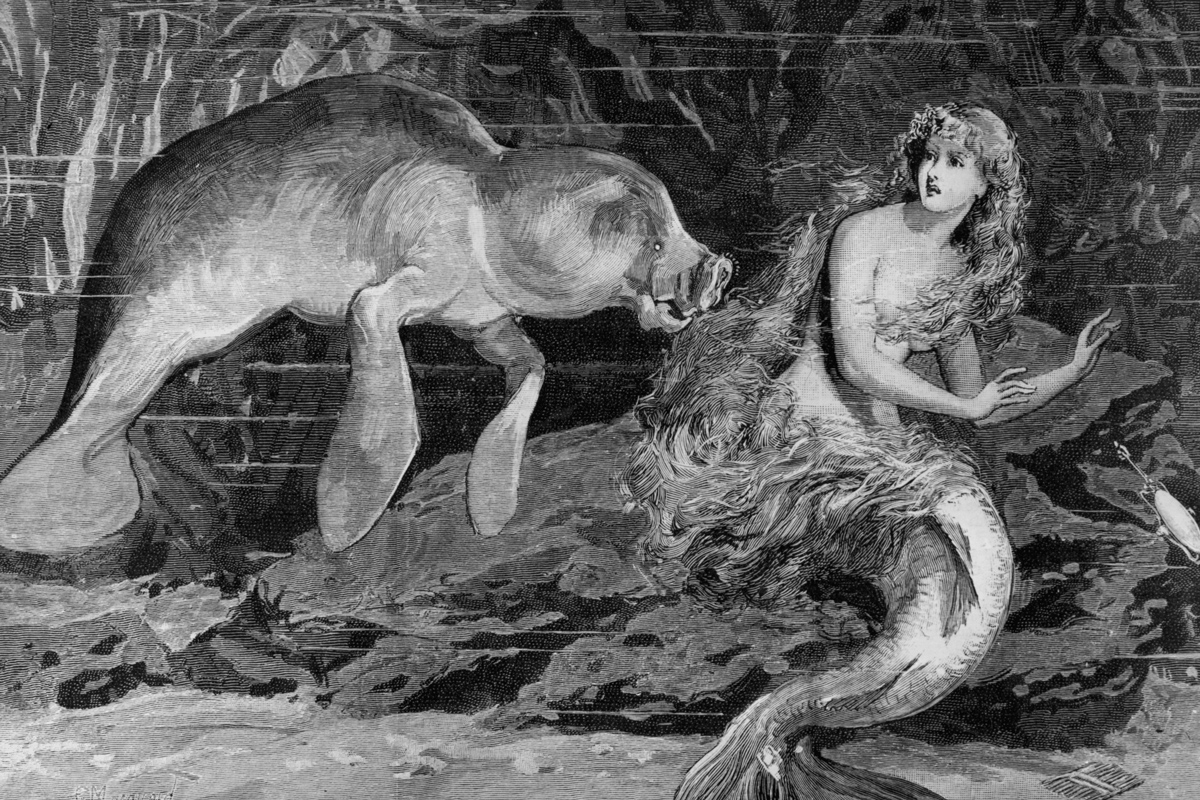
Given all the weirdness that lurks in the ocean's depths, it's hard to fault early sailors for supposedly sighting half-fish, half-human mermaids.
Some of these sightings persist in modern times, including a spate of sightings in the Israeli beach town of Kiryat Yam in 2009. Nothing ever came of them, despite a $1 million reward offered to the first person to snap a photo. A mermaid was also one of sideshow entrepreneur P.T. Barnum's most famous hoaxes. In the 1840s, Barnum exhibited the "FeJee Mermaid," which was actually the torso and head of an ape sewn to the body of a fish.
Vampire deer

It's a sight straight out of a horror movie: a deer with two long, glistening fangs.
And this vampire deer is no hoax. The Kashmir musk deer is real but vanishingly rare. It lives in the Himalayas of northern India, Kashmir and northern Afghanistan, and it is considered endangered by the International Union for Conservation of Nature (IUCN).
The lifestyle of these rare deer is all but unknown, according to the IUCN. Villagers occasional spot them during in scientific surveys, but nothing is known of the animals' habits or lifestyle, except that only the males have fangs. Study of the animal has been stymied by violence and unrest in Afghanistan, researchers wrote in a 2014 paper in the journal Oryx.
Chupacabra

It's hard not to love a mythological monster with a name like the "goat sucker." The chupacabra is a legend of Central and South America, with sightings reported in the Caribbean and Texas. The creature gets its name from its alleged attack strategy of exsanguinating livestock.
Alas, reports of El Cupacabra's existence seem to be exaggerated, as sightings usually turn out to be coyotes or dogs with mange. In 2014, a couple in Texas shared a video of a hairless creature in a cage said to be a baby chupacabra. … It was a mangy raccoon.
Goblin shark
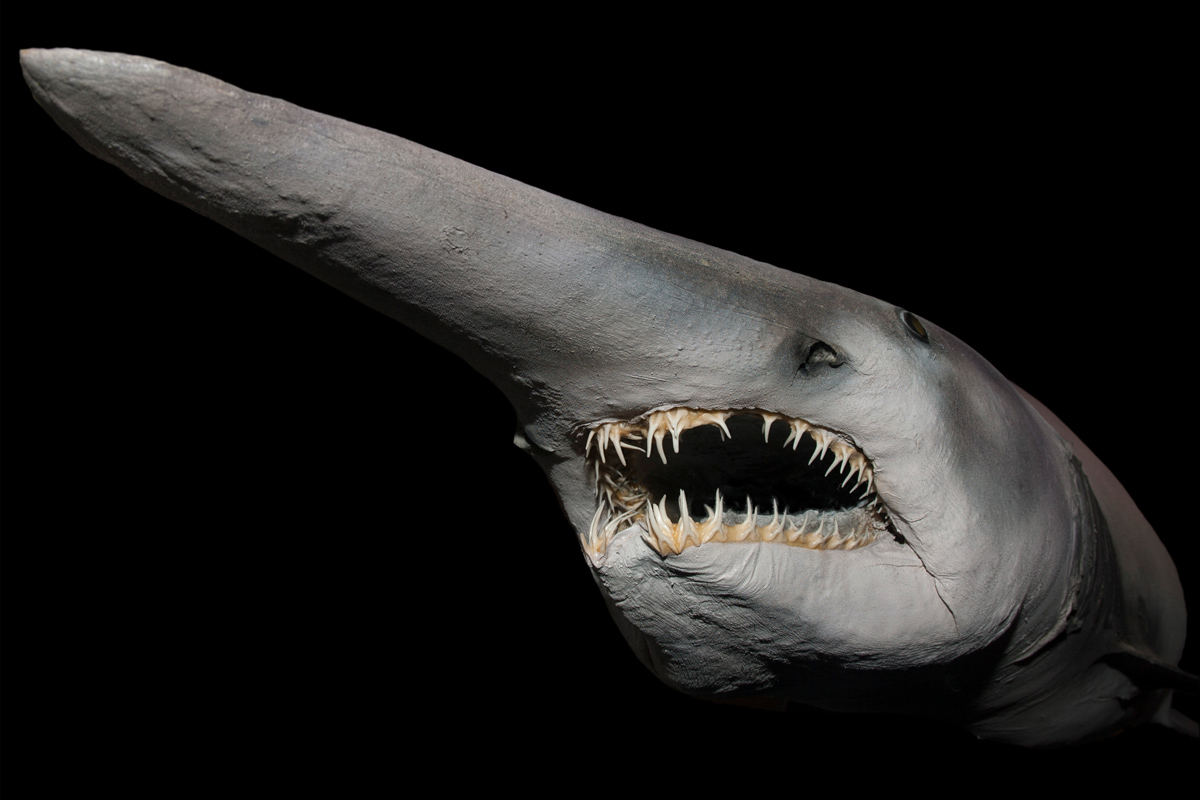
The dense mountain forests of southeast Asia aren't the only place where eerie unknown species lurk. For shear biological mystery, there's no place like the oceans. There are, believe it or not, goblins down there.
Goblins sharks, anyway — but you might rather run into a real goblin. These deep-sea sharks are rarely seen because they rarely come close to the surface. They have long, spear-like noses and protruding jaws bearing dozens of spindly, needle-sharp teeth. They're typically seen off the coast of Japan, but they have shown up as accidental bycatch in fishermen's nets in the Gulf of Mexico. Most of the sharks are about 8 feet (2.4 meters) long, though one caught in the Gulf was a whopping 18 feet (5.5 m) in length.
Jersey Devil
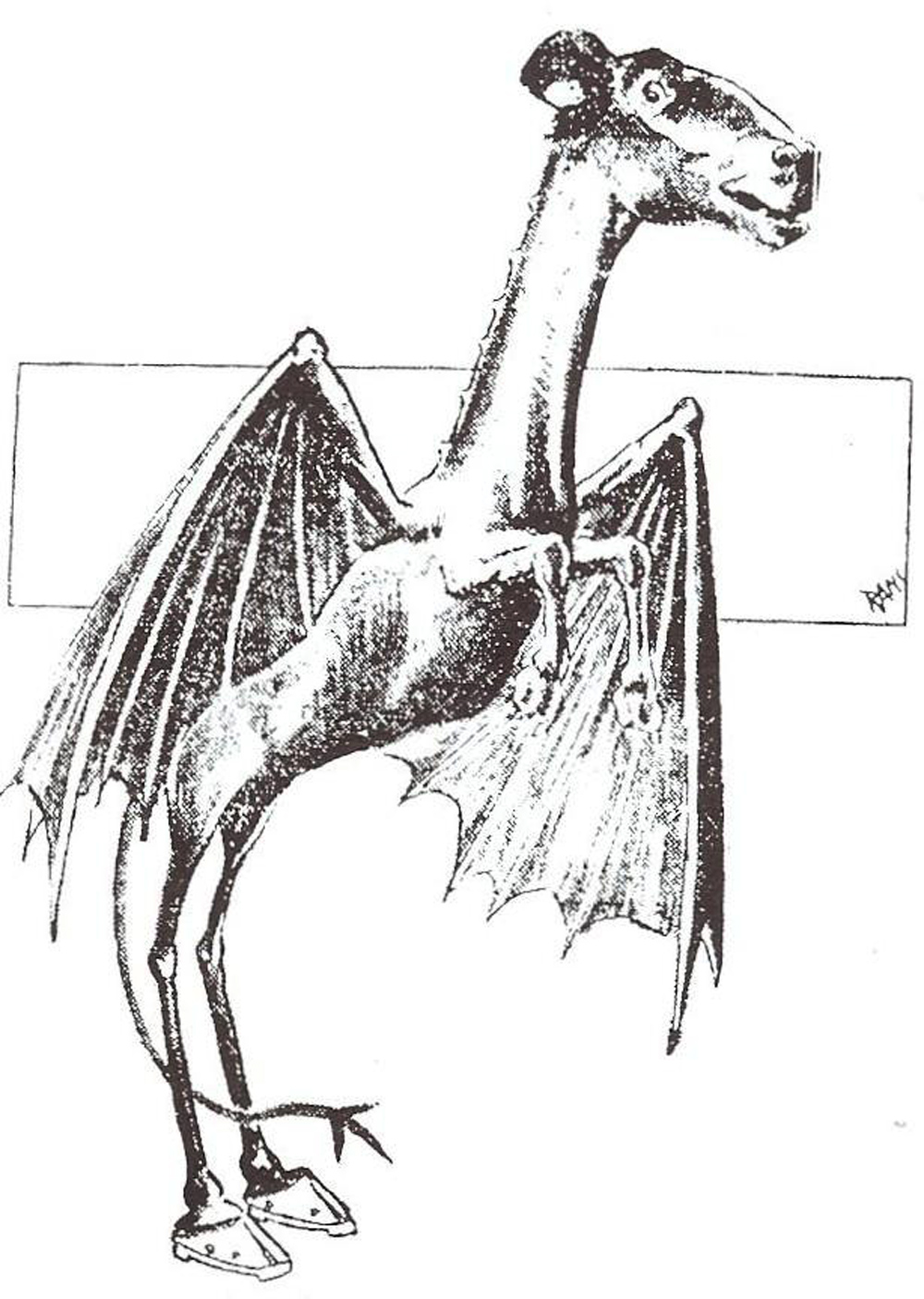
A famous example of local lore, the Jersey Devil is said to bear the wings of the bat, the face of a horse and the tail of a lizard — not a creature you'd want to meet in a dark alley. Luckily, the Jersey Devil is pure myth.
The legend, according to the Pinelands Preservation Alliance in New Jersey, goes like this: Sometime in the 1700s, a thoroughly over-it Mrs. Leeds cried out "Let it be the devil!" upon discovering that she was pregnant for the 13th time. In a careful-what-you-wish-for twist, the new baby was born with wings and a piercing screech. Ever since, it's threatened New Jersey's towns and livestock, so the legend goes.
The Jersey Devil is described quite differently in various sightings over the years. It's even been the subject of one hoax. In 1909, an animal trainer glued bat wings and claws to an unfortunate kangaroo and charged visitors admission to see it. More recently, the myth inspired an "X-Files" episode and the name of the state's National Hockey League team.
Sign up for the Live Science daily newsletter now
Get the world’s most fascinating discoveries delivered straight to your inbox.

Denise Chow was the assistant managing editor at Live Science before moving to NBC News as a science reporter, where she focuses on general science and climate change. Before joining the Live Science team in 2013, she spent two years as a staff writer for Space.com, writing about rocket launches and covering NASA's final three space shuttle missions. A Canadian transplant, Denise has a bachelor's degree from the University of Toronto, and a master's degree in journalism from New York University.










